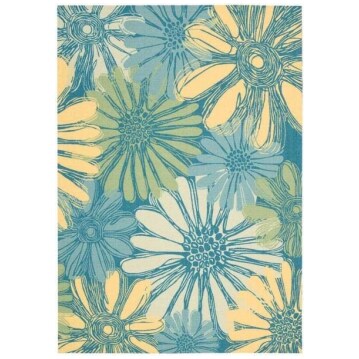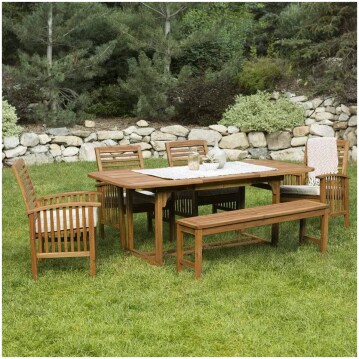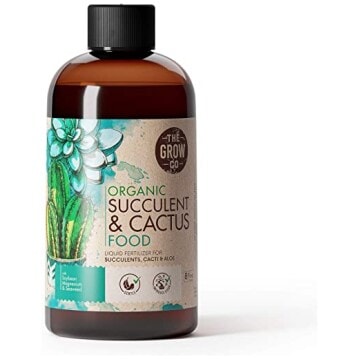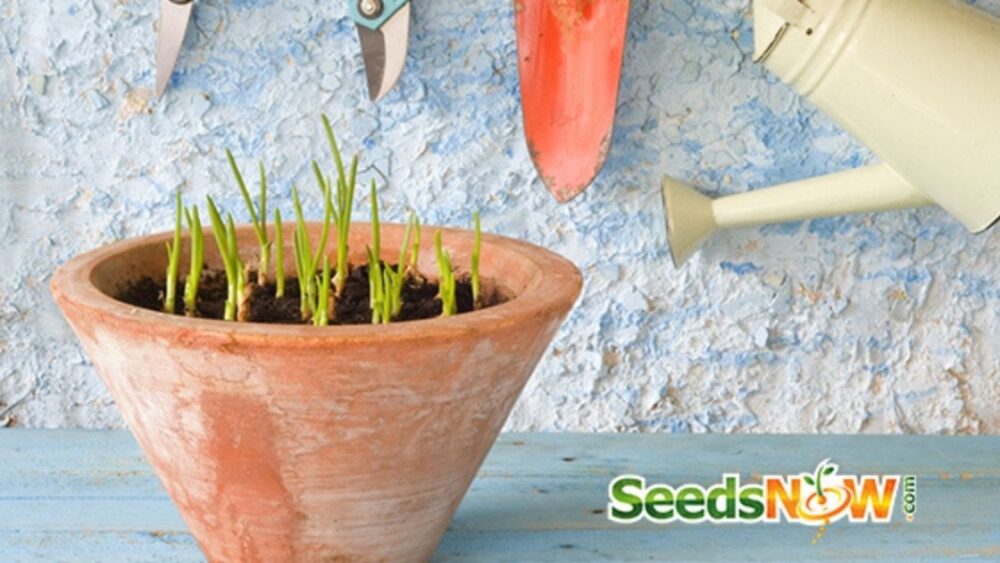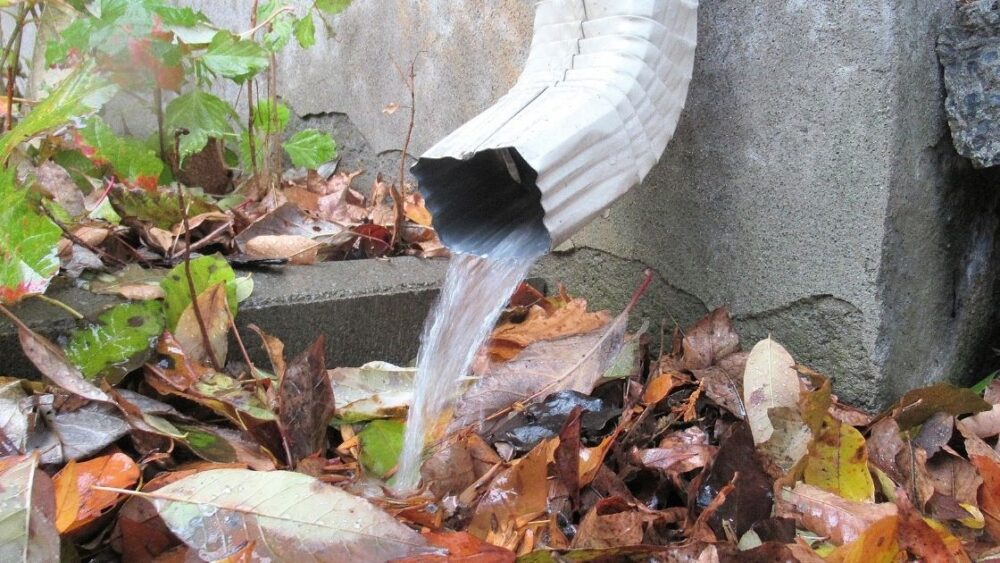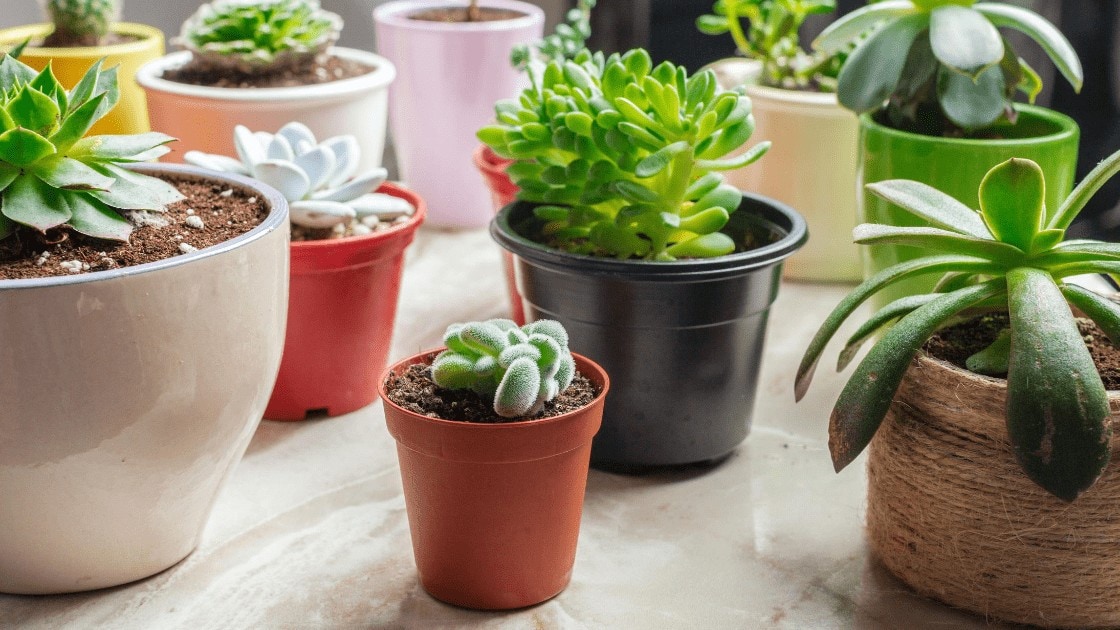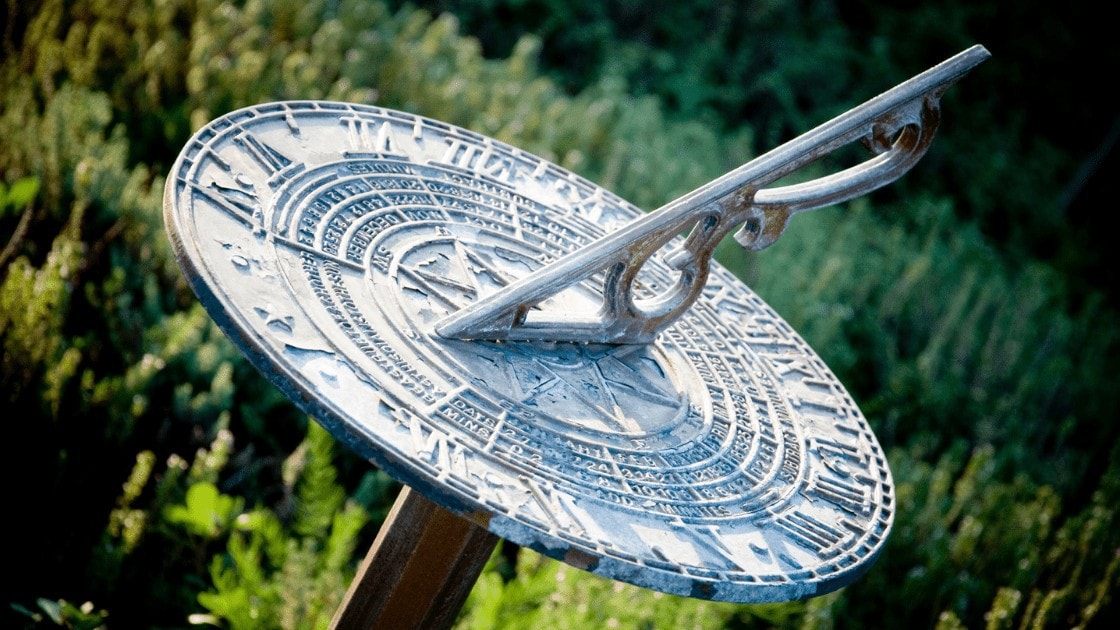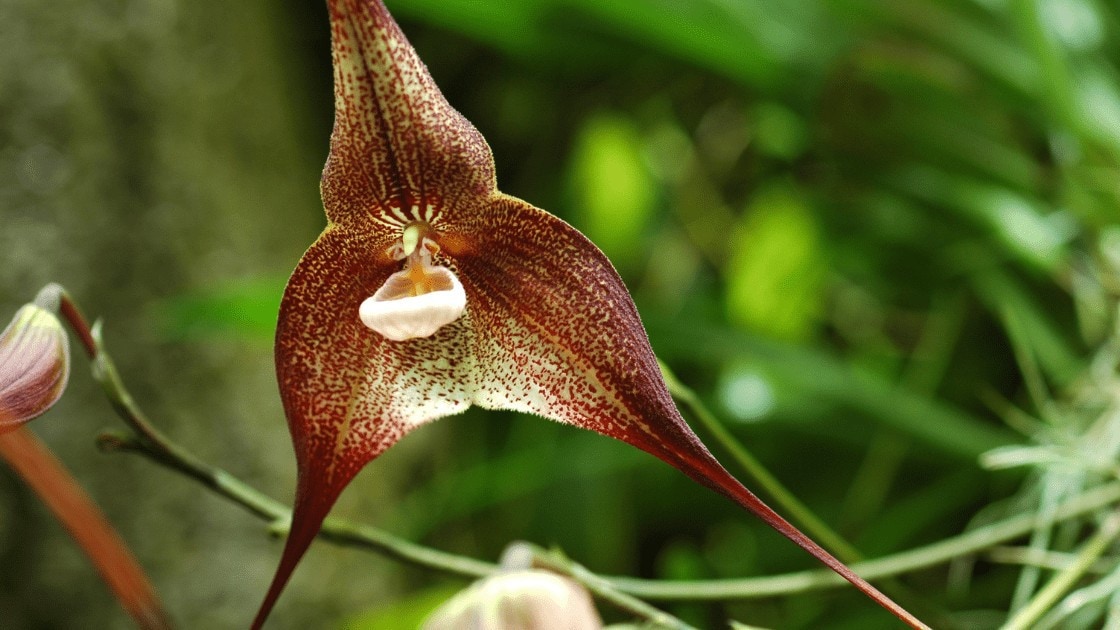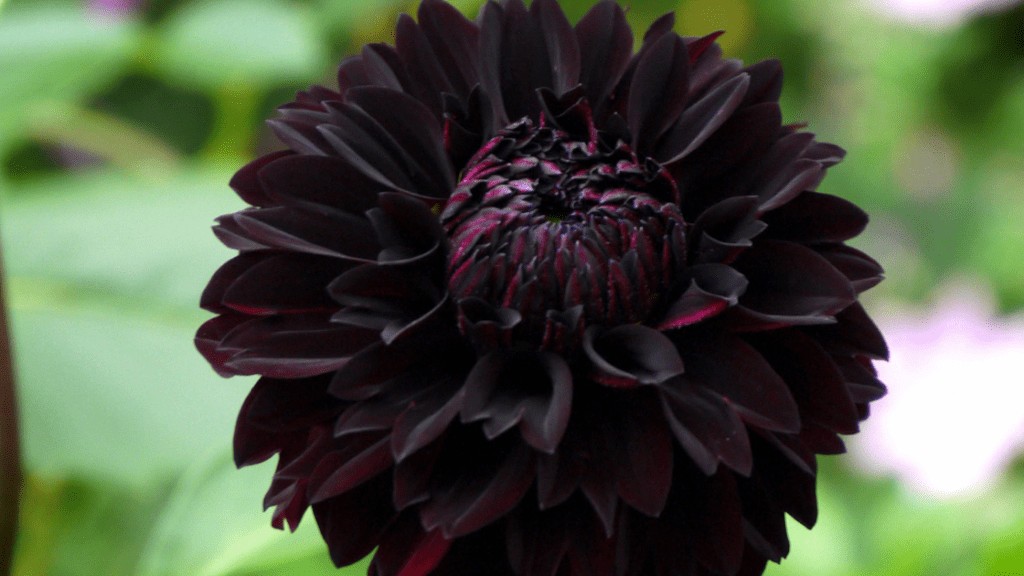
Dahlias are beautiful flowering perennial plants with more than a hundred different species and hybrids to choose from. The Dahlia genus contains only around 40 species, but many different varieties have been produced by cross-pollination and artificial selection.
Around a dozen of them can be classified as ‘black dahlia’ – all of them produce very dark purple flowers, which depending on the lighting can look almost black. Different varieties of black dahlia can have very differently shaped flowers. The size of the flowers also varies greatly and ranges from 2-3 inches, to almost a foot across in which has a wide variety of emotions tied to the darkened colors of the flower.
This diversity, combined with the ease with which the plant can be grown makes dahlias one of the best flowering plants in general. They can be grown both indoors and outdoors depending on your local climate and thanks to their tuberous roots, they can re-emerge during the spring even after a very frosty winter.
Browse our Affiliate Products
What Do Black Dahlia Flowers Symbolize?
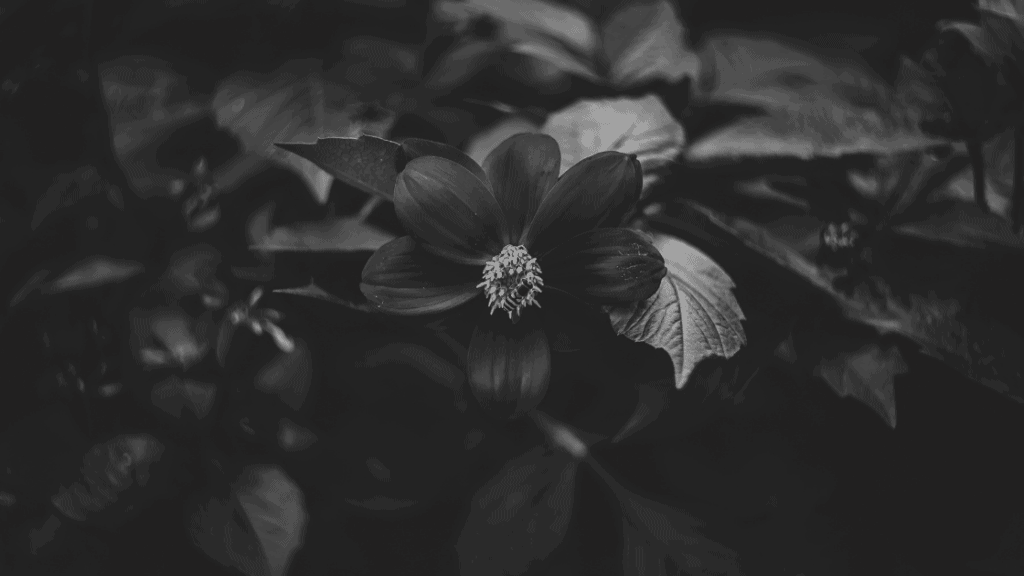
Flower symbolism is mainly related to the color of the flowers and rarely takes into account their size and shape.
Often, black dahlias are mentioned as conveying negative emotions, like betrayal and sadness. However, this is only one way of looking at the symbolism of dark-colored flowers. The dark purple color of the black dahlia can also represent passion and power.
Black can also be considered the most elegant of all the colors and the dark flowers can add elegance and exquisiteness to your garden. It’s also important to note that the symbolism of a single color can change when different colors are mixed – different color varieties of dahlia are often combined with black dahlias, creating a sharp contrast between the different flowers and eliminating a lot of the possibly negative symbolism of the dark flowers.
Growing and Caring For Black Dahlia Flowers and Plants
Dahlias are easy to grow and care for. All of the different varieties and sub-species have similar requirements, including the Black Dahlia. It’s important to note that Dahlias are tuberous herbaceous perennial plants.
This means that they have carrot-shaped roots, in which they store nutrients during the summer. Even if the plant is killed during the winter frosts, the nutrition accumulated in the tuberous roots makes it easy for the plant to re-grow again during the coming spring.
Purchasing dahlia tubers and planting them in the ground is the most common way in which dahlias get established in a garden. Later, we’ll also discuss growing them from seed, which is not difficult.
If you would like to grow black dahlia’s from seed, click on to see on Etsy.
How Big Does The Plant Get?
Almost all dahlia varieties reach
- 4 to 5 feet in height when grown outdoors in optimal conditions.
- When grown in a flower pot, dahlias can easily be limited to a height of around 1 foot.
Those tiny, potted dahlias will still produce the same flowers they produce outdoors, although they will be somewhat smaller in diameter. The highest point of the plant is the flower stem which usually reaches 1-2 feet above the foliage.
Do They Grow Better Indoors or Outdoors?
Dahlias can grow both indoors and outdoors and this applies to the black dahlia varieties as well.
Dahlias are a common outdoor plant that is usually planted directly in a garden bed filled with potting soil.
Because dahlias produce large flowers, they expend a lot of energy while blooming – indoor plants will not bloom if not given sufficient light which is why it’s best to grow them on a south-facing windowsill.
If your interested in growing indoors and wondering about how much light do plants need? Check out our article on “Helpful Tips and Tricks For Beginner Indoor Gardeners” by click on the link. Outdoorgardenaccessories.com/Helpful Tips and Tricks For Beginner Indoor Gardeners.
Do Dahlias Grow Well In A Potting Container?
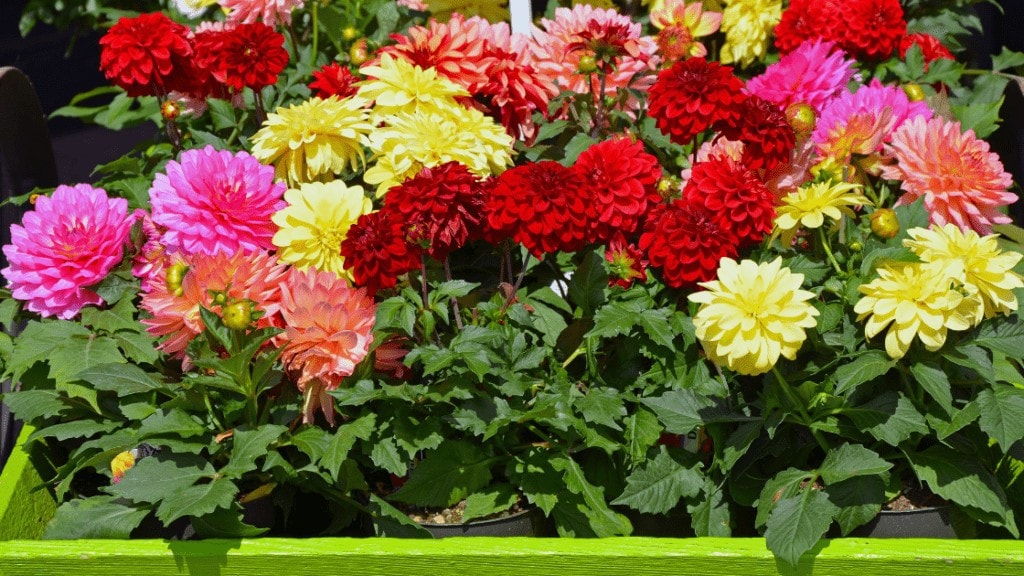
Dahlias grow very well in pots.
- With their roots confined, they will grow into a small, 1-foot tall bush and will produce smaller flowers.
- In large pots, dahlias have no problems reaching full size (4-5 ft. in height), but this almost always requires them to be placed outside in the full sun.
Varieties with smaller flowers are usually more suitable for indoor cultivation in small containers. If you want to grow dahlias in small potting containers, starting them from seed is better – most dahlia tubers are relatively large and impractical to bury in a small container.
How Much Sun Do Dahlias Like?
Like most herbaceous plants, dahlias like full sun. This plant has a relatively small leaf area and depends on a high light intensity to be able to accumulate nutrients in its tubers.
Its large flowers are very energy-intensive to produce and the plant will not flower well if it doesn’t receive at least 6 to 8 hours of direct sunlight every day.
Usually, the blooming cycle will exhaust the nutrients in the tuberous roots and the plant will accumulate new nutrients during the summer.
Without sufficient light, the plant may bloom later the following year or may not bloom at all, because its nutrient reserves will be low.
USDA Zones Suitable For Dahlias
Dahlia can be grown in most USDA zones, but there will be major differences in its annual cycle depending on the winter temperatures.
- In USDA zones 8-11, the plant will behave as a perennial and will not die during the winter months.
- In a USDA zone lower than 8, the winter frosts may kill the foliage of the plant, but the tuberous root will survive, enabling the plant to re-emerge during the spring.
- Around USDA zone 3, some measures have to be taken to protect the hibernating tubers of the plant from frost – layers of mulch, or a plastic sheet may be necessary to provide some insulation from the low nighttime temperatures.
To check which USDA zone you are in, or compare similar zones according to where you reside click here. Plants.usda.gov/hardiness.html
What Type Of Soil Is Required?
Dahlias have soil requirements that are similar to most other perennial herbaceous plants – they like a slightly acidic, rich and well-draining soil.
This describes most general purpose potting mixes well, so most types of soil will work well. If you don’t provide fresh soil and plant dahlia in a soil bed that has been exhausted by other plants, replacing the soil or providing some fertilization may be required.
For more information on soils, check out our article here. Outdoorgardenaccessories.com/The Best Soil for all Types of Gardens/ and, or Outdoorgardenaccessories.com/What are the Best Potting Soils for Every Type of Plant/
Is Feeding/Fertilizing Recommended And When Should It Be Done?
A fertilizer with a moderate amount of nitrogen is recommended for black dahlias.
(10 – 20 – 20) or (5 – 10 – 10)
In which It is read a N – P – K (Nitrogen, Phosphorous, and Potassium) in this case both will work well.
High nitrogen fertilizers may hinder blooming and may damage the roots. It’s best to apply fertilizer sparingly and all throughout the growing months, between early spring and late summer.
As always, you should be careful of avoiding over-fertilization and buildup of fertilizer salts in the soil.
Over-fertilization can be easily noticed by the typical symptoms of wilting and leaf burn. High-nitrogen fertilizers may lead to lush green growth but sparse flowering.
You should fertilize dahlias only after they have grown a significant amount of foliage – this means that you shouldn’t use any fertilizer on newly buried tubers or seedlings less than a month old.
Optimal Watering Frequency

As always, the watering frequency will depend on the composition of the soil and the weather conditions, but in general, dahlias require moderate watering – at least once a week and sometimes 2-3 times weekly.
That said, over-watering and waterlogging can lead to rotting problems in the tubers, which occur when most of the oxygen in the soil gets displaced by the excess water. It’s best to determine the optimum watering frequency by letting the top layer of the soil dry out a bit before watering again.
Shortly after planting, the tubers are very sensitive to over-watering and already contain an ample water supply – don’t water more than once a week until the tubers start showing some growth.
Propagation

Dahlias can be easily propagated from seed and cuttings. As we already mentioned, the most common way of planting dahlias is by purchasing and burying the large tubers which the plant produces.
This is the fastest way of propagation, because of all the nutrition already stored in the tuber. However, growing dahlias from seed is not difficult at all – they sprout relatively quickly in around a week. The only problem is that seed propagation takes a lot longer before you see flowers.
Depending on the species and the variety, plants grown from seeds may not produce flowers for many months. However, providing the plant with optimal conditions and plenty of light may make it possible to go from seed to flower in the same year.
To achieve this, you should start your seeds indoors under artificial lighting before the winter is over. That way, you’ll already have 5-10 inch tall plants ready to be planted outside as soon as the nighttime temperatures stop falling below freezing.
Pinching
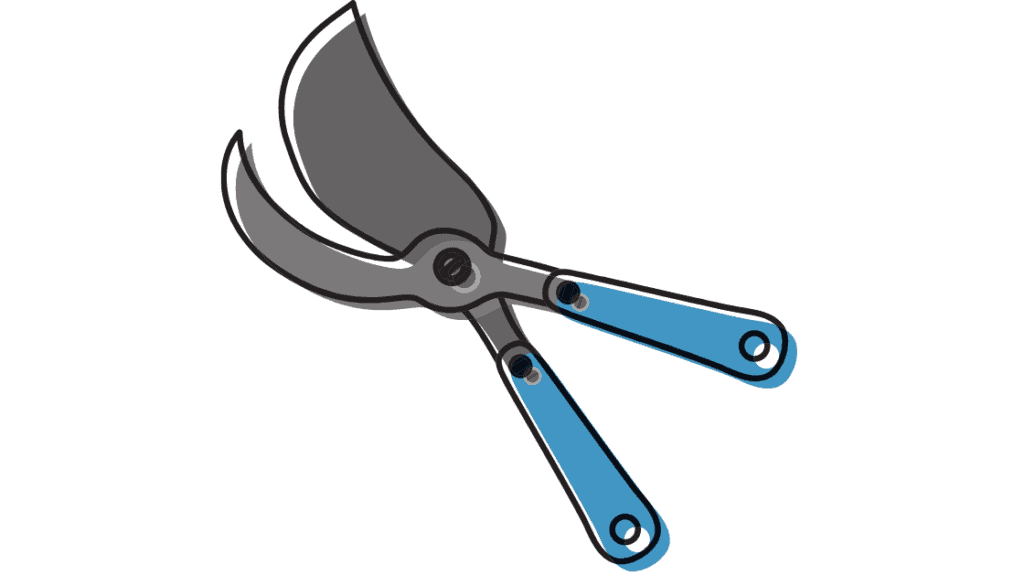
Pinching is a strategy commonly used to force plants to produce multiple branches and involves removing the top of the main stem with a knife or scissors.
In the case of the black dahlia, each main stem will usually produce a single flower, so pinching is a must if you want multiple flowers. It’s best to pinch the plant after it has reached at least 1 foot in height.
In the case of potted plants, you can do this much earlier – when the plant is around 8 inches high.
Multiple pinches are often performed on potted plants to further increase the number of branches and create more of a low, bushy structure. Without any pinching, Dahlia will grow quite tall and will often produce only a single flower.
Are Dahlias Edible?
Interestingly enough, all parts of the dahlia plant are edible.
However, the leaves aren’t commonly consumed and may contain some oxalic acid and tannins, which have to be boiled off before consumption. The tubers and the flowers of the plant are most commonly consumed – the tubers taste very similar to carrots, although they are somewhat less sweet and the flowers can be made into a tea.
Obviously, if you want to try and taste your dahlia plants you should absolutely make sure that they are indeed dahlias and not other flowering plants which look similar.
However, there is little risk of confusion. The only similar-looking garden plant is the Zinnia, which is not actually poisonous but tastes very bitter.
When Does Black Dahlia Bloom?
Dahlia tubers usually take around 2 months from planting before they are ready to bloom.
Planting from seed will take at least twice that and the young plants may not even flower for their first year.
The blooming season of evergreen Dahlia plants which grow above USDA zone 8 spans all the warm months – from early spring to late summer.
What Should You Do When Blooming Is Over?
Dahlias usually benefit from deadheading – it will extend the flowering period of the plant and will force it to produce more flowers.
Deadheading is the practice of removing flowers from a plant once they start showing signs of dying. This prevents the formation of seeds and saves the plant a lot of energy that can be used for the production of new flowers.
Obviously, deadheading will prevent seed formation, so it’s a good idea to leave some of your dahlia plants alone in order to collect some seeds from them.
Black Dahlia Varieties
Dahlia contains hundreds of varieties and seed packets often contain mixed colors. Only around a dozen varieties produce dark enough flowers to be considered black dahlias.
The four most common black varieties, starting with the one with the largest flowers: Black jack, Black Embers, Black Satin, and Arabian Night Dahlias.
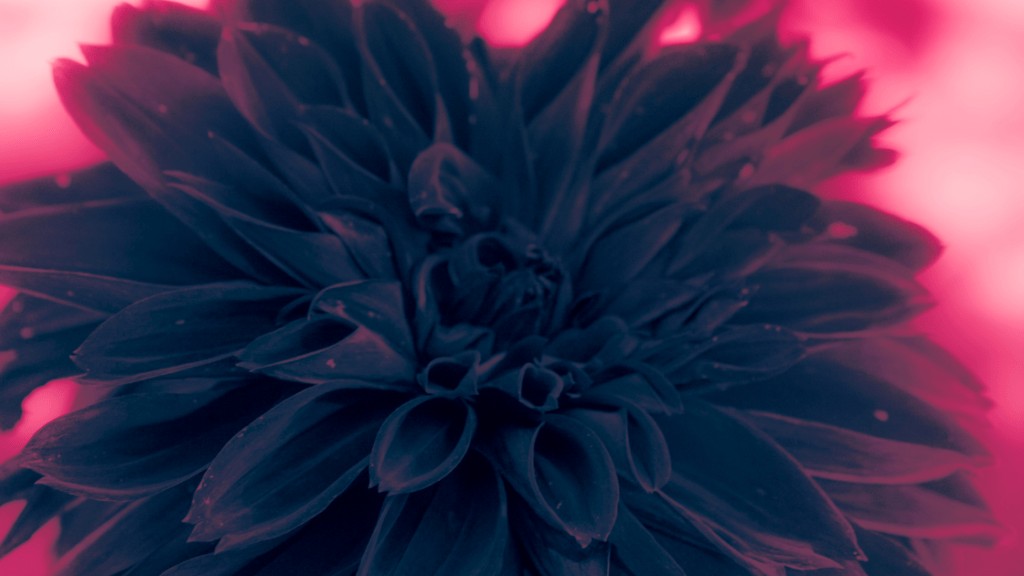
Not only is this a black dahlia variety, but it’s also a ‘dinner plate’ variety. This ‘dinner plate’ part of the description is not an exaggeration and the flowers of this dahlia really do reach dinner plate size – up to 1 foot across. This is a dahlia variety with very dark flowers, which can almost look black.
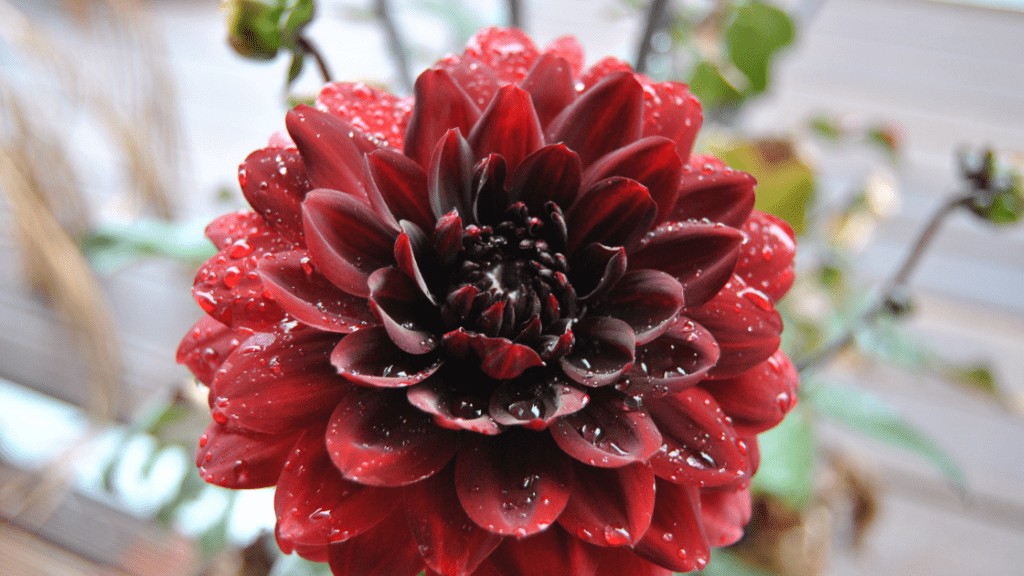
This is a dahlia variety that is a bit lighter compared to the black jack dahlia – it’s a variety that produces deep red flowers which are darker in the center. The flowers are somewhat smaller and this variety is not considered a dinner plate variety.

Very similar to the black embers variety, but with somewhat smaller flowers that reach around 5 inches in diameter.
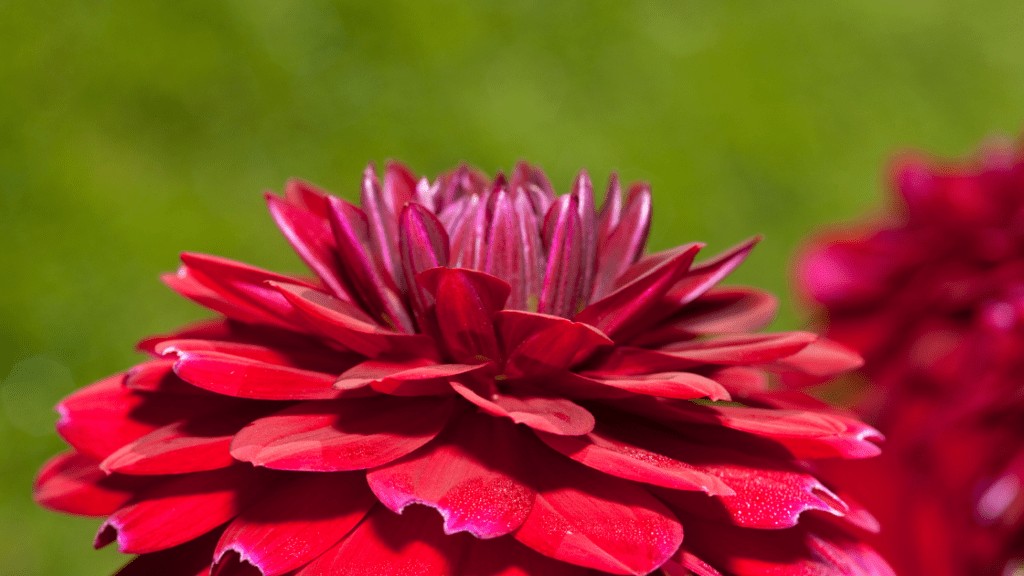
A variety with even smaller flowers that can reach around 4 inches in diameter. This is an award-wining Dahlia variety that is very highly regarded, but visually is still very similar to the black satin and the black embers dahlias.
Common Issues You May Experience When Growing Dahlias
Dahlias aren’t generally prone to disease and as long as you try to meet their growth requirements, they will be healthy. Most of the problems you will experience come from over-watering, over-fertilization or insufficient light.
Rotting Problems
Like many other plants, dahlia may start showing symptoms of tissue rot if the soil isn’t draining well enough.
If densely-growing plants are watered with a spray nozzle and a lot of the moisture remains on the stems and leaves, dahlias can succumb to stem rot, which usually starts low, close to the soil.
Root rot problems are hard to diagnose and often start with wilting. All rotting problems can be solved by making sure that the soil is draining well and the watering frequency is reduced so that the surface of the soil dries between each watering.
Pests & Diseases
Many fungal and viral pathogens can infect dahlia plants, including the common mosaic virus and botrytis – a fungal problem that leads to brown spots on the leaves.
Aster yellows is a bacterial problem that is also common in dahlia plants and it starts with yellowing of the leaves, with the flowers also being commonly affected.
All of the fungal and bacterial issues can be greatly reduced by eliminating over-watering, but there is no cure for viral diseases. The common mosaic virus leads to a characteristic yellowing of the leaves in spots that have poorly defined margins.
If you suspect a viral disease, the only cure is to destroy the affected plants to prevent spreading of the virus.
Insufficient Light
Poor, slow growth and lack of flowering are the most common signs of insufficient light.
This is easy to distinguish from other causes by just observing the light levels on the foliage of the plants. Densely planting a lot of dahlias close to one another will cause overlapping of the leaves and will ultimately lead to a smaller number of flowers –
allow a distance of at least a foot and a half between each plant.
This will also help prevent fungal problems that come from water retention on the leaves and stems.
Final Thoughts
Dahlias are a great outdoor garden plant, which can also be grown indoors in potting containers – there are countless varieties to choose from, with flower colors ranging from white to almost black.
Around a dozen black dahlia varieties exist and all of them have very dark purple-colored flowers. They have the same growth requirements as other varieties and are easy to care for. Because dahlias form tuberous roots, they are very difficult to kill and even in very frosty weather, the tuber will survive, enabling the plant to re-emerge during the spring.
The only easy way to accidentally kill this plant is to water too frequently, which can lead to rotting of the tubers.
